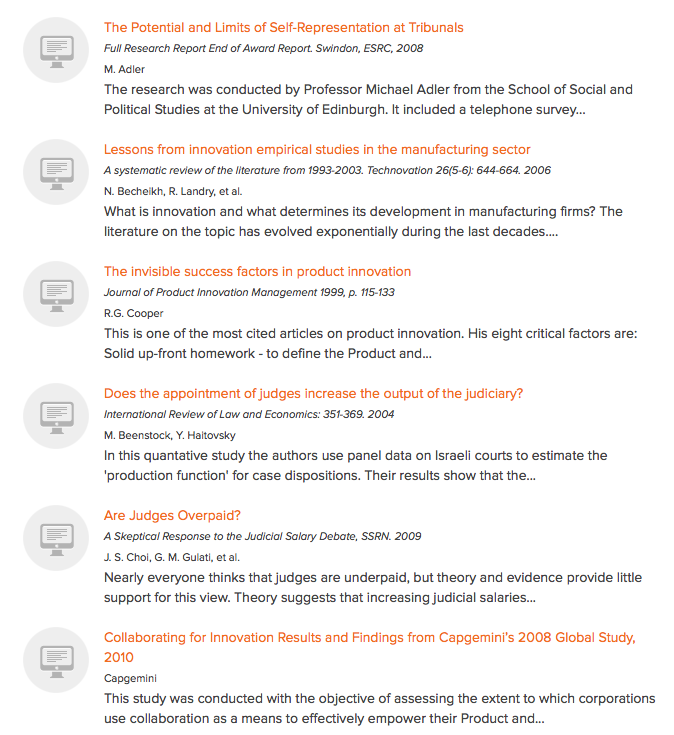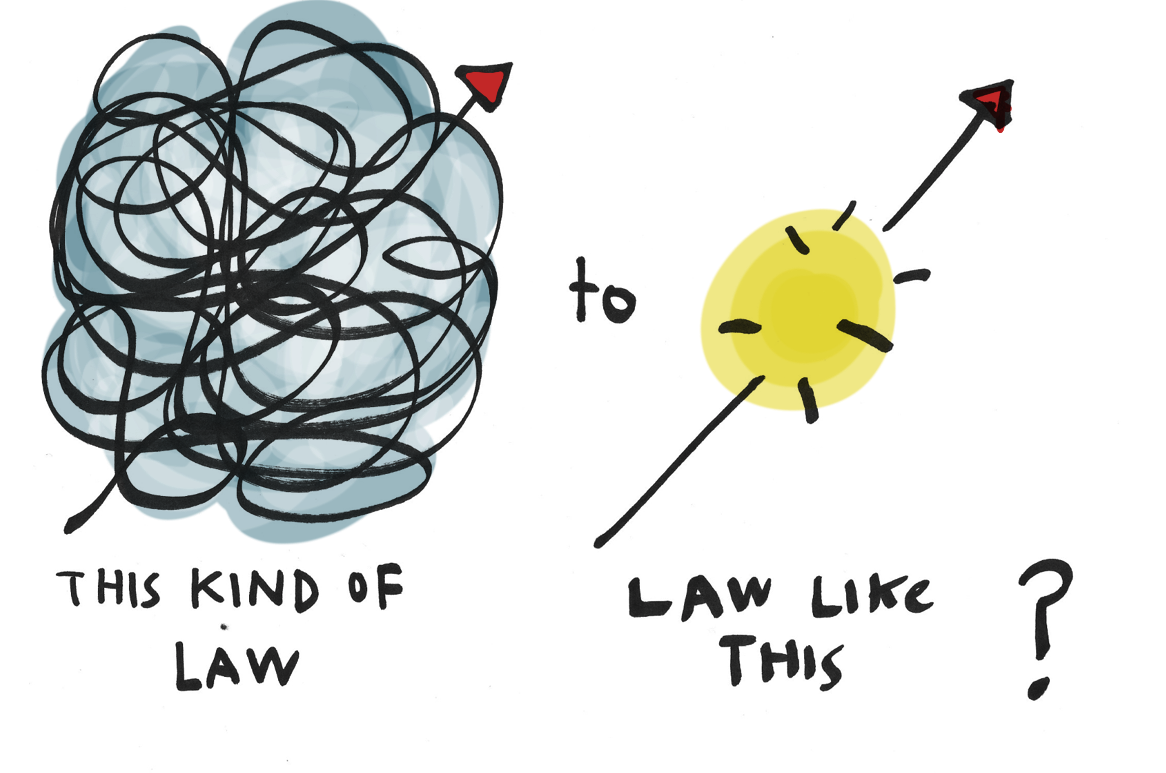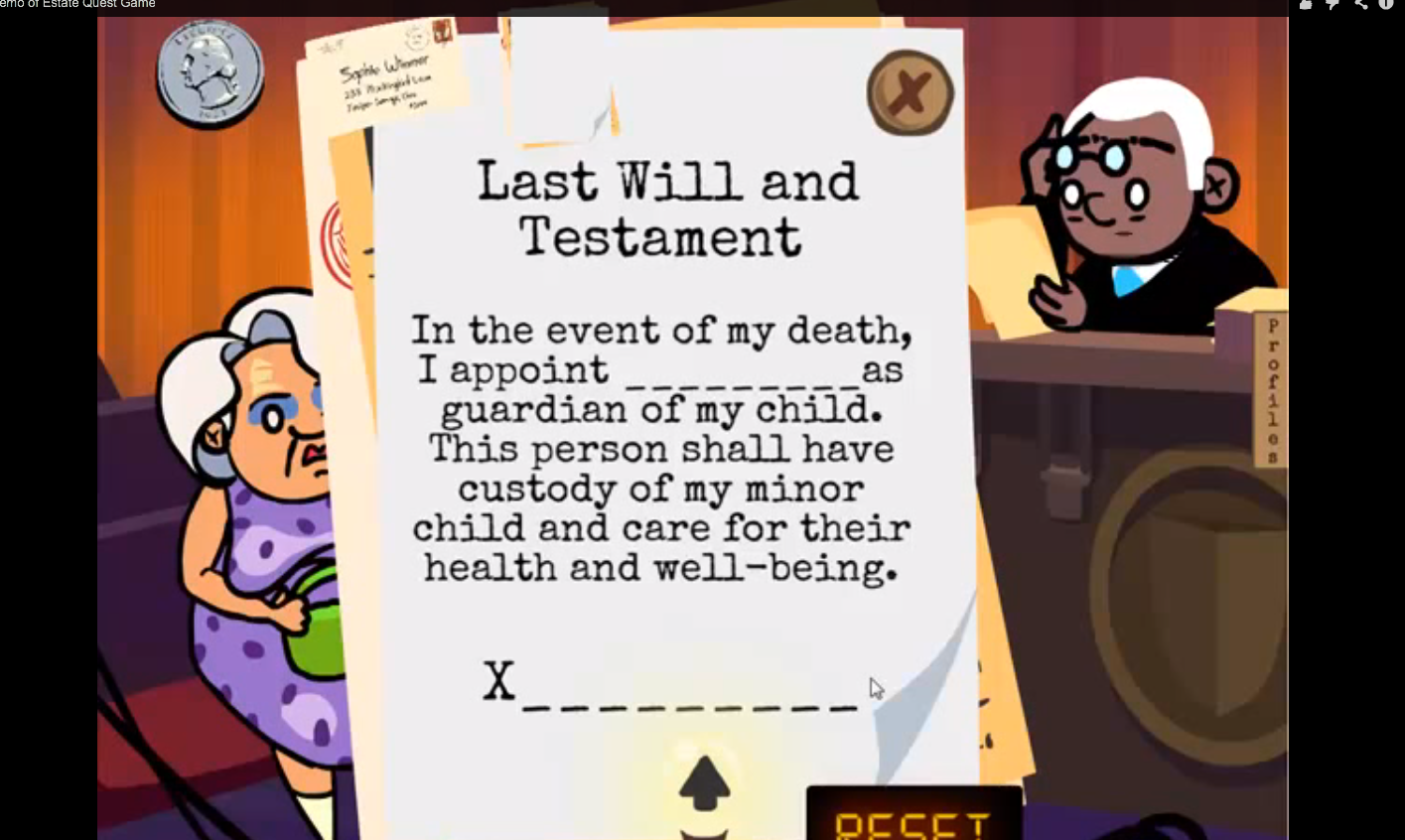I have been thinking about how to bring other people on board, to my driving mission of getting new, innovative & human-centered legal projects rolled out.
One of the low-hanging fruit is to build up the resources & examples of how to use design in law, and when it has been used successfully. This can give lawyerly people more tools to get better projects conceived — and then to implement them.
One of my current projects is developing a Toolkit for those who want to use Design to get better projects built, and the other is a Library of Visual Design, to who examples of how legal information can be communicated in ways other than text.
I also came across this Innovation Library from the Innovating Justice project.
It is full of research & reports from projects — mainly around the rule of law & international justice domains — which have tried to innovate new ways of legal engagement.
It’s a nice model, to make this kind of research accessible. And it is the first stage of a 3 stage process that’s needed right now in building up Legal Design online.
- Curation. Compiling together good examples of work that’s being done, and insights from people on the process is Stage 1. It will help people understand what’s out there, get a grasp of the landscape, and begin to think of what they can do using these analogies & insights.
- Directed Support. Once these compilations of resources exist, then we must make it easier for users to navigate them. One way is to make them more visual & glance-able. This would mean that anyone visiting can get a quicker snapshot of what is contained inside the various linked resources. The goal is to get a wandering user to content that might be the necessary spark or guide for their nascent project
- A Community alongside Resources. A third stage would be building a live community of people online — to link those who have been working on building new justice initiatives together, and then make it easy for people entering into the field (or established professionals who are curious about what good Design could offer to their project) into get support & inspiration quickly.
Some knowledge sharing sites like HCD Connect could be a model for sparking off an online culture of Legal Design.
First bring the resources together, then help people navigate them, and finally get people to be talking, sharing & collaborating around them. This can be one of the cornerstones of a new culture of lawyerly people using creative & human-centered tools to come up with better solutions for legal challenges.
If you want to work on this with me & other Stanfordians, please be in touch!



